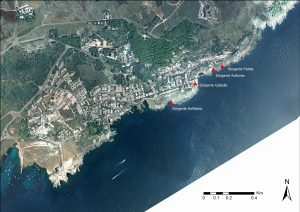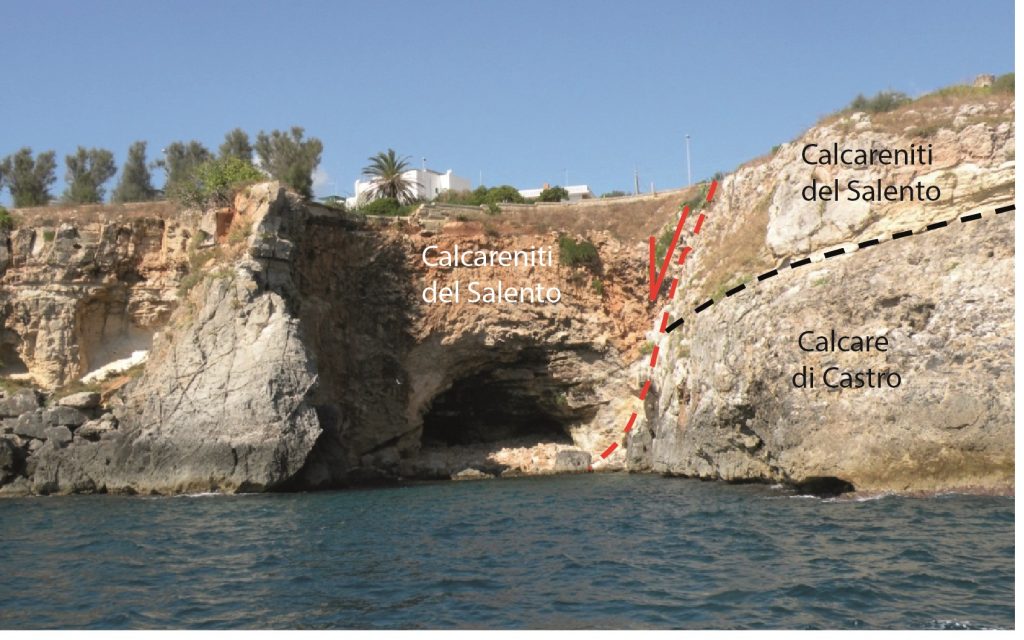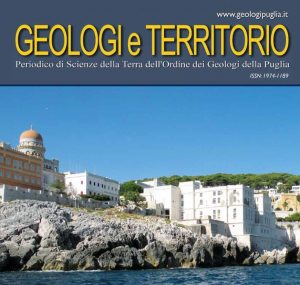THE SULPHUROUS WATERS OF THERMAL SPRINGS OF SANTA CESAREA TERME
Santaloia, L.E. Zuffianò, P.P. Limoni, G. Palladino, D. Liotta, M. Polemio
The waters of thermal springs of Santa Cesarea Terme outflow into four partially submerged karstic caves (Fetida, Solfurea, Gattulla and Solfatara) located at the base of a cliff, about 500m long, along the shoreline. These sulphurous and warm waters (22–33◦C) are currently used for the treatment of pathologies of the locomotor and respiratory system.
The area of the thermal anomaly is circumscribed and falls into the portion of a horst mainly dislocated by the NO-SE, subvertical and transtensive faults which extend to the sea
Considering the geological and hydrogeological features of the area and the geochemical characteristics of the groundwater, the results of the study indicate that the thermal springs are fed by marine water, having reached Santa Cesarea Terme through a localized fracture network. This affects the evaporitic and carbonatic rocksthat characterize the substratum of the Adriatic Sea in the offshore.
Geologi e territorio, n° 1/2017, pagg. 17-31, 2017. ISSN:1974-1189

